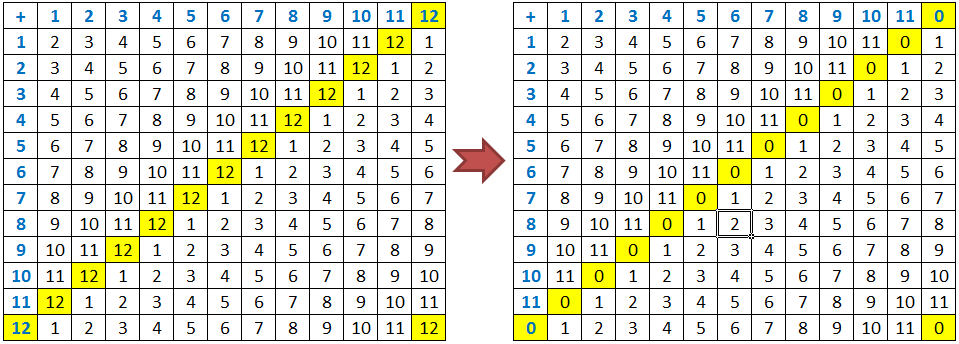The Clock Arithmetic and Modular Systems Series
This is a series of posts that explains modular systems starting from an intuitive introduction using clocks. I wrote this for high school students of average mathematical ability.
I hope you find the series easy to read and student friendly.
The Series
Part 1: Introduction to Clock Arithmetic and Modular Systems
This post introduces modular arithmetic intuitively using the 12-hour clock mathematical operations. What happens if we add the numbers on the clock? » Read more

